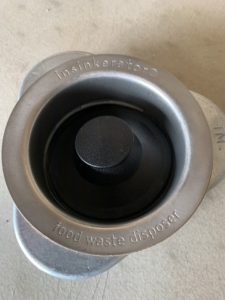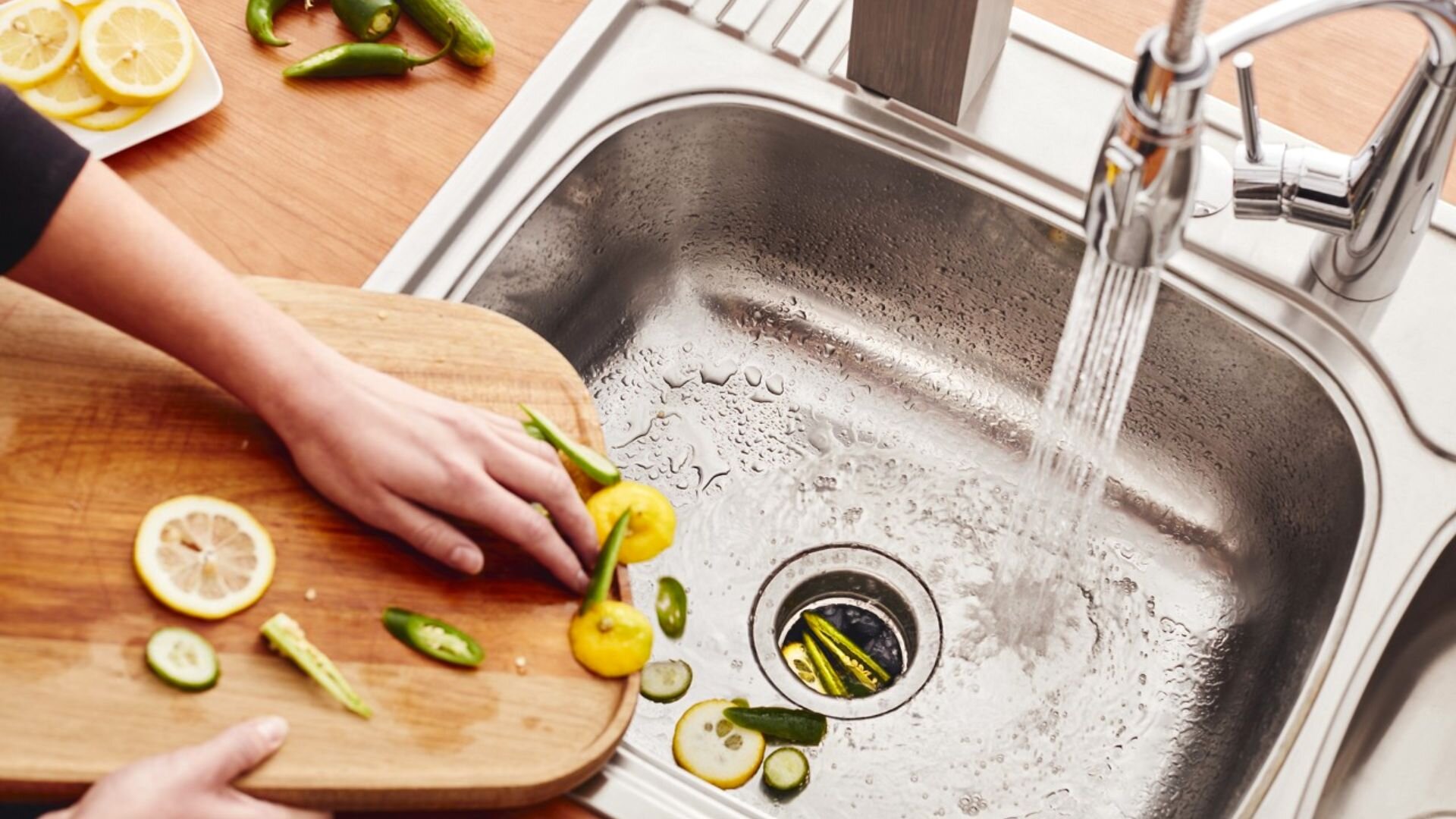Simple Techniques for Repairing a Leaky Garbage Disposal
Simple Techniques for Repairing a Leaky Garbage Disposal
Blog Article
Every person has their own unique thinking when it comes to Why Is My Garbage Disposal Leaking From the Bottom?.

Garbage disposals are essential kitchen area devices that assist in taking care of food waste successfully. However, a dripping garbage disposal can be an irritating and unpleasant issue to manage. Thankfully, numerous leakages can be dealt with conveniently with a few easy steps. In this post, we will certainly go over just how to repair a leaking waste disposal unit effectively.
Introduction
Garbage disposals are installed under kitchen sinks and are made to shred food waste right into smaller sized pieces, allowing it to pass through the plumbing system quickly. While these gadgets are typically reputable, leakages can occur gradually as a result of damage, loose links, or damage to the device.
Step-by-Step Overview to Fixing a Leaking Garbage Disposal
Shut off the Power
Before attempting any type of repair work, make sure that the power to the garbage disposal device is turned off to prevent the danger of electric shock.
Locate the Leakage
Recognize the specific place of the leak and identify the cause
Tighten up Links
Make use of a wrench to tighten up any type of loose connections between the disposal device and the pipes system.
Replace Seals or Gaskets
If the leakage is because of used seals or gaskets, get rid of the old parts and replace them with new ones.
Patching Fractures or Holes
For cracks or openings in the disposal device, use epoxy or a suitable patching material to secure the broken location.
Determining the Source of the Leakage
Prior to trying to repair a leaking waste disposal unit, it is vital to identify the resource of the leakage. This can generally be done through visual evaluation or by performing simple tests.
Visual Examination
Examine the garbage disposal device carefully for any indicators of water leak. Pay attention to locations around seals, gaskets, and link factors.
Checking for Leaks
One way to examine for leakages is by running water via the disposal device and looking for any kind of visible indications of leak.
Typical Causes of Leaks in Waste Disposals
Worn Seals and Gaskets
Seals and gaskets play an essential role in avoiding water from leaking out of the garbage disposal. Over time, these parts can weaken, leading to leakages around the disposal unit.
Loose Connections
The links between the garbage disposal and the pipes system can become loose gradually, creating water to leakage out during operation.
Fractures or Holes in the Disposal System
Physical damage to the waste disposal unit, such as cracks or holes in the housing, can also cause leakages.
Devices and Materials Needed for Taking Care Of a Leaking Garbage Disposal
Prior to beginning the repair work process, collect the needed tools and products, consisting of a screwdriver, adjustable wrench, plumber's putty, substitute seals or gaskets, and epoxy or patching material for repairing cracks or holes.
Testing the Waste Disposal Unit After Repair Work
As soon as the repair work is full, evaluate the waste disposal unit by running water via it to guarantee that the leakage has been solved.
Preventive Upkeep Tips to Avoid Future Leaks
To avoid future leakages, it is essential to carry out regular maintenance on your garbage disposal. This includes keeping it tidy, avoiding putting non-food products or tough objects down the disposal, and periodically checking for leakages or various other issues.
Final thought
To conclude, taking care of a dripping waste disposal unit is a fairly simple process that can be finished with standard tools and materials. By following the actions laid out in this post and practicing preventative upkeep, you can keep your waste disposal unit in good working condition and stay clear of expensive repairs in the future.
HERE’S HOW TO FIX YOUR GARBAGE DISPOSAL
WHAT TO DO IF SOMETHING IS STUCK IN YOUR GARBAGE DISPOSAL
If the impeller won’t turn, there’s probably something stuck in the disposal. It could be a steak bone or peach pit, although plumbers report pulling all sorts of inappropriate objects out of disposals, such as bottle caps or aluminum foil. Make sure power to the disposal is off, and look inside to see if you can see the source of the jam.
Never stick your fingers in a disposal. Pull out anything you see with tongs or pliers.
If the disposal still won’t work, it may be time to call a plumber or consider buying a new disposal. GEM Plumbing & Heating is here for all of your garbage disposal needs.
WHAT TO DO IF YOUR GARBAGE DISPOSAL DRAIN IS CLOGGED
Take everything out from underneath your sink and put a bucket or other container under your disposal to catch any water that drains out. Disconnect your disposal from the power supply. If it’s plugged into a wall outlet, unplug it. If it’s hardwired into an electrical box, go to the electrical panel and turn off the breaker for the disposal. Pour ¼ cup of baking soda into the drain, followed by ½ cup of white vinegar. Give the solution a few minutes to fizz and do its work. Look into the disposal with a flashlight to see if you can see an object that might be causing the clog. If you see it, remove it using tongs or pliers. MORE TIPS ON DEALING WITH A CLOGGED GARBAGE DISPOSAL
Never use drain cleaner in a garbage disposal. It can damage the plastic parts inside the disposal. You can also be splashed with the caustic liquid while working to clear the clog. Beware! Never stick your fingers into a garbage disposal. Trust us — not a good idea. In many instances, your dishwasher drains through your garbage disposal. This allows the disposal to grind any large food particles that may be drained out of your dishwasher. There are some jurisdictions, however, where the plumbing code prohibits such a connection. WHAT TO DO WHEN YOUR DISHWASHER DRAINS THROUGH THE DISPOSAL
Run some water in the sink so your plunger has at least a ½-inch of water to create a seal and plunge vigorously up and down several times. You may need to repeat this several times. Run hot water down the drain to clear any residue that remains.

I stumbled upon that blog posting about The Handy Guide To Fixing Your Garbage Disposal Leaking while doing a lookup on the internet. Do you know about anybody else who is serious about the subject? Be sure promote it. Thank you for taking the time to read it.
Call Today Report this page